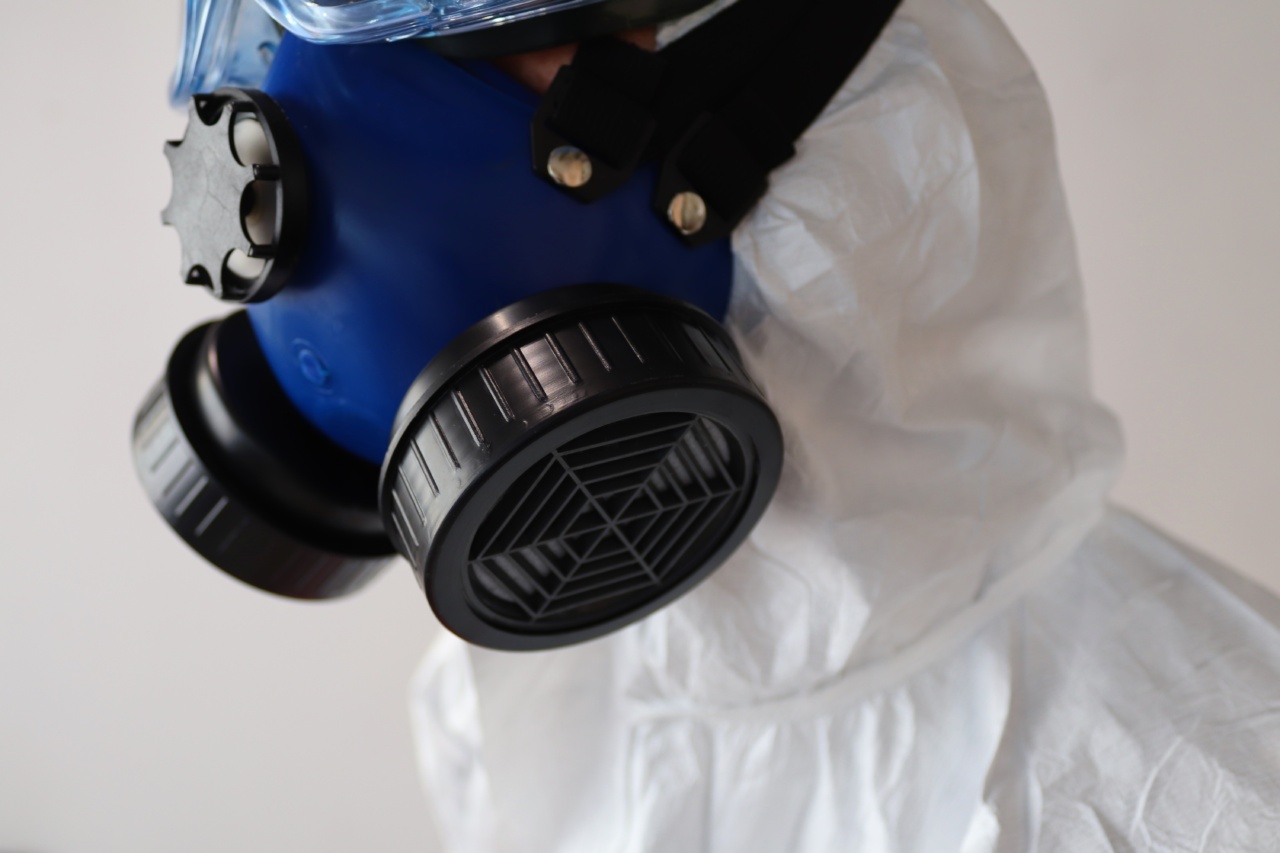Air pollution is a significant global concern that not only affects the environment but also poses substantial risks to human health.
Over the years, numerous studies have highlighted the detrimental effects of air pollution on various organ systems, including the respiratory and cardiovascular systems. However, emerging research suggests that air pollution may also play a role in the development and progression of kidney disease.
Understanding Kidney Disease
Kidneys are vital organs responsible for filtering waste products and excess fluids from the blood, creating urine, and maintaining overall fluid and electrolyte balance in the body.
Chronic kidney disease (CKD) is a long-term condition characterized by the gradual loss of kidney function, leading to the accumulation of toxins and waste products in the body.
The Role of Air Pollution
Recent scientific investigations have found a correlation between exposure to air pollution and the development and progression of kidney disease.
Airborne pollutants, such as fine particulate matter (PM2.5), nitrogen dioxide (NO2), and ozone (O3), can directly enter the bloodstream through inhalation. These pollutants have been linked to oxidative stress and inflammation, key mechanisms implicated in the pathogenesis of kidney damage.
Oxidative Stress and Kidney Damage
Oxidative stress occurs when there is an imbalance between free radicals and the body’s antioxidant defense mechanisms. Air pollutants generate free radicals, which can cause damage to cells and tissues, including those within the kidneys.
Studies have demonstrated that long-term exposure to air pollution increases oxidative stress markers in the renal tissue, leading to structural and functional abnormalities of the kidneys.
Inflammation and Renal Health
Air pollution triggers an inflammatory response in the body, characterized by the release of pro-inflammatory cytokines and activation of various immune cells.
This chronic low-grade inflammation influences the development and progression of kidney disease. Inflamed kidneys are more susceptible to injury and have a decreased ability to repair themselves, further exacerbating kidney damage.
Epidemiological Evidence
Multiple epidemiological studies have observed a significant association between air pollution exposure and the incidence and progression of kidney disease.
A study conducted in Taiwan found that individuals residing in areas with higher levels of fine particulate pollution had an increased risk of developing CKD. Similarly, research in Spain demonstrated that long-term exposure to high levels of air pollution was associated with a higher prevalence of CKD and a faster decline in kidney function.
Impact on Vulnerable Populations
Certain populations are particularly vulnerable to the deleterious effects of air pollution on kidney health.
Individuals with pre-existing kidney disease or other chronic diseases, such as diabetes and hypertension, are at higher risk of experiencing worsened renal outcomes due to air pollution exposure. Additionally, children, elderly individuals, and pregnant women may also be more susceptible to the harmful effects of polluted air on their kidneys.
Preventing Air Pollution and Protecting Kidney Health
Given the growing evidence of the link between air pollution and kidney disease, it is crucial to take proactive measures to reduce pollution levels and protect both respiratory and renal health.
Here are some steps individuals and communities can take:.
1. Support Clean Energy Sources
Encouraging the use of clean and renewable energy sources, such as solar and wind power, can significantly reduce air pollution generated by traditional fossil fuel-based energy production.
2. Promote Sustainable Transportation
Encouraging the use of public transportation, carpooling, cycling, and walking can help reduce the number of vehicles on the road and, consequently, decrease air pollution levels.
3. Improve Indoor Air Quality
Avoiding smoking indoors, using air purifiers, regularly ventilating indoor spaces, and minimizing the use of chemical-based cleaning products can help maintain healthy indoor air quality.
4. Plant Trees and Create Green Spaces
Trees and plants act as natural air filters and can help absorb air pollutants. Planting trees and creating green spaces in urban areas can contribute to reducing air pollution levels.
5. Support Environmental Policies
Advocating for stricter regulations on industrial emissions, vehicle exhaust, and other sources of air pollution can help make a significant impact in reducing pollution levels at the community and national levels.
6. Stay Informed and Raise Awareness
Keeping yourself informed about air quality levels in your area through local air quality monitoring systems and raising awareness about the health risks associated with air pollution can encourage individuals and communities to take necessary actions to protect their respiratory and renal health.
Conclusion
The link between air pollution and kidney disease is becoming increasingly evident, highlighting the need for immediate actions to reduce pollution levels and protect public health.
By adopting sustainable practices, supporting clean energy sources, and advocating for environmental policies, we can make a positive impact on air quality and mitigate the risks associated with kidney disease and other health conditions related to air pollution. Safeguarding our respiratory and renal health should be a priority for both individuals and society as a whole.






























